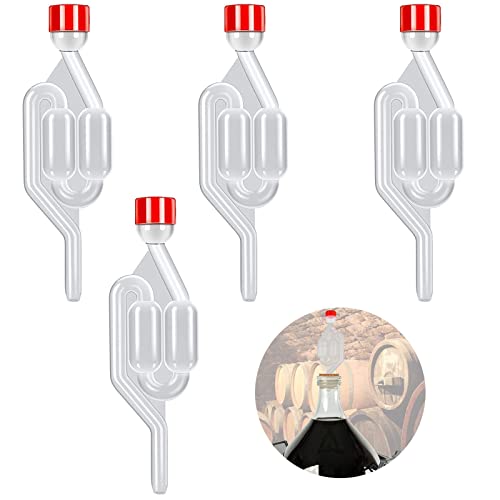- Joined
- Aug 23, 2021
- Messages
- 4,373
- Reaction score
- 4,816
Other things that people have mentioned before that may help could be too re-rouse the yeast by shaking/swirling your fermenter or seven re-oxygenating the wort.
I'm not wholly convinced by either and again I'm no expert and don't know exactly how this affects the yeast. The theory is that more oxygen allows for an additional growth stage of the yeast so you get more and healthier yeast and a more active fermentation. High gravity brewers sometimes go this, though some say to not do it
Similarly, "rousing" the yeast may not actually benefit the fermentation by resuspension of the yeast in the wort (there is plenty in suspension already). I've heard (again, I'm just repeating here with proper knowledge) that it's more to do with letting the dissolved CO2 (which is known to be an inhibitor to the fermentation) escape so that the yeast can more effectively ferment
I'm not wholly convinced by either and again I'm no expert and don't know exactly how this affects the yeast. The theory is that more oxygen allows for an additional growth stage of the yeast so you get more and healthier yeast and a more active fermentation. High gravity brewers sometimes go this, though some say to not do it
Similarly, "rousing" the yeast may not actually benefit the fermentation by resuspension of the yeast in the wort (there is plenty in suspension already). I've heard (again, I'm just repeating here with proper knowledge) that it's more to do with letting the dissolved CO2 (which is known to be an inhibitor to the fermentation) escape so that the yeast can more effectively ferment


























![BREWING THERMOMETER STICKERS ACCURATELY MONITOR FERMENTING BEER & WINE LIQUID TEMPERATURES 5PCS HOME BREW SPIRITS WINE LCD ADHESIVE [US]](https://m.media-amazon.com/images/I/311DDjo2X3L._SL500_.jpg)













